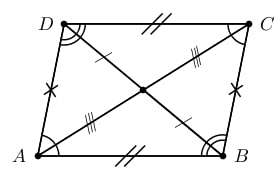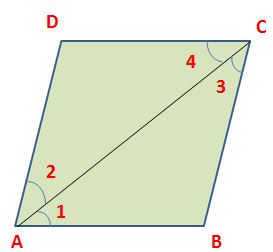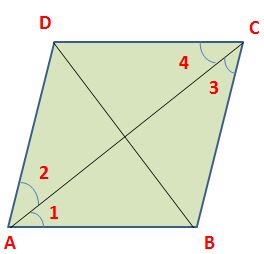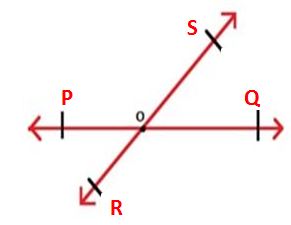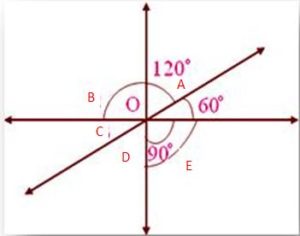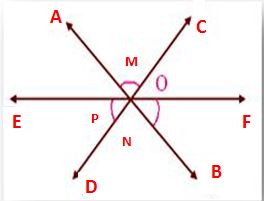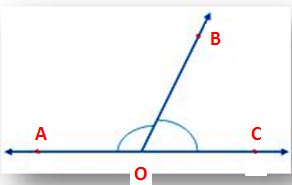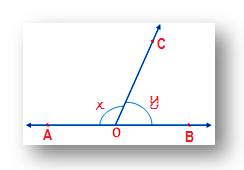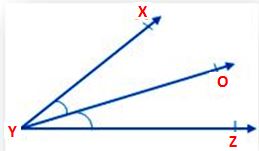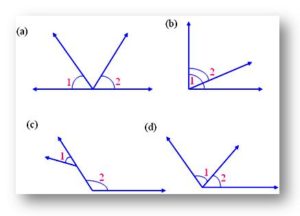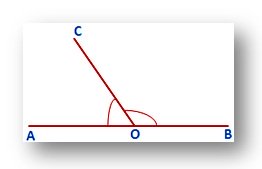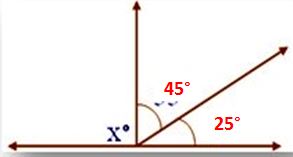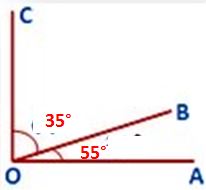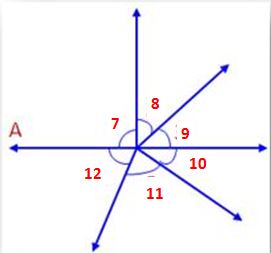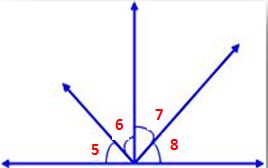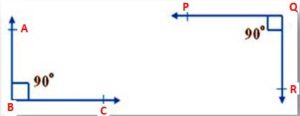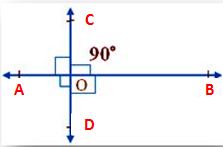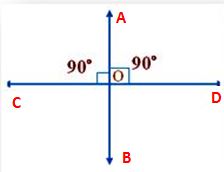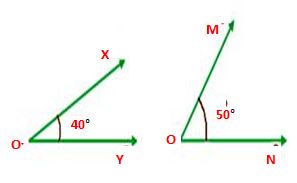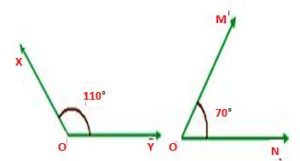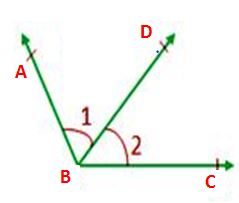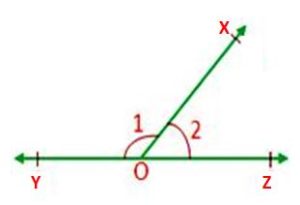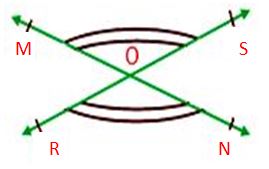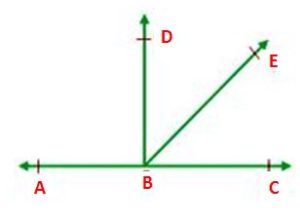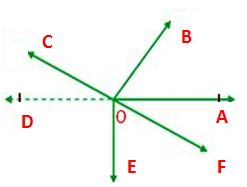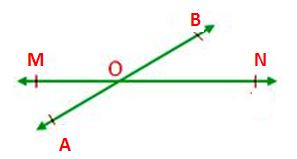Properties of Division of Integers are here. Check all the rules, methods, and explanations of integer division properties. Follow simple tricks and tips to remember all rules of division of integer properties. With the Dividing Integers Properties, you can easily simplify and answer the series of operations. Refer to various properties of the division of integers and apply them while solving the problems. Scroll to the below sections to know more details regarding the division of integer properties.
Properties of Division of Integers – Importance
Knowing the properties of the division of integers is important because most of the candidates often get confused between the properties of multiplication and division. Both the operations have different properties and are mandatory to follow all the rules. The properties help to solve many problems in an easy manner. To recall, integer numbers are positive or negative numbers, including zero. All the properties for multiplication, subtraction, division, and addition are applicable to integers. Integers are denoted by the letter “Z”.
Rules for Division of Integers
Rule 1: The quotient of 2 positive(+) integers is positive(+).
Rule 2: The quotient of a positive(+) integer and a negative(-) integer is negative(-).
Rule 3: The quotient of 2 negative(-) integers is positive(+).
In brief, if the signs of the two integers are the same, then the result will be positive. If the signs of the two integers are different, then the result will be negative.
Integers Division Properties
The division is the inverse operation of multiplication.
Let us take the example of whole numbers,
24/4 which means dividing 24 by 4 is nothing but finding an integer when multiplied with 4 that gives us 24, such integer is 6.
So, 24/6=4 and 24/4=6
Hence, for each whole-number multiplication statement, there are two division statements.
1. Division of negative integer by positive integer
Whenever a negative number is divided by a positive number, the result will always be negative.
Steps:
- Divide the given number as the whole number first.
- Then add, minus symbol before the quotient. Thus we get the final result as a negative integer.
Example:
(-10)/(2) = (-5)
(-32)/(8) = (4)
2. Division of positive integer by negative integer
Whenever a positive integer is divided by a negative integer, the result will always be negative.
Steps:
- Divide the given number as the whole number first.
- Then add, minus symbol before the quotient. Thus we get the final result as a negative integer.
Example:
81/(–9) = –9
60/(–10) = –6
3. Divide a negative integer by a negative integer
Whenever a negative integer is divided by a negative integer, then the result will always be positive.
Steps:
- Divide the given number as the whole number first.
- Then add, plus symbol before the quotient. Thus we get the final result as a positive integer.
Example:
(–15)/(– 3)=5
(–21)/(– 7)=3
4. Closure Under Division Property
Generally, the closure property is, if there are 2 integers, then the addition or subtraction of those integer results in an integer. But integers division does not follow closure property.
Example:
Let us consider the pair of integers.
(-12)/(-6) = 2 (Result is an integer)
(-5)/(-10) = -1/2 (Result is not an integer)
From the above examples, we conclude that integers are not closed under division.
5. Commutative Property of Division
The commutative property states that swapping or changing the order of integers does not affect the final result. Integers division does not follow commutative property also.
Let us consider the pairs of integers.
(– 14)/(– 7)=2
(– 7)/(– 14)=1/2
(– 14)/(– 7)≠(– 7)/(– 14)
From the above examples, we conclude that integers are not commutative for integers.
6. Division of Integer by Zero
Any integer divided by zero gives no result or meaningless result.
Example:
5 ÷ 0 = not defined
When zero is divided by an integer other than zero it results in zero.
Example:
0 ÷ 6 = 0
7. Division of Integer by 1
When an integer is divided by 1, it gives the result as 1.
Example:
(– 7)/1=(– 7)
The above example shows that when a negative integer is divided by 1, it gives the same negative integer.
Dividing Integers Properties Examples
Question 1:
Verify that a/(b+c)≠(a/b)+(a/c) when a = 8, b = – 2, c = 4.
Solution:
L.H.S=a/(b + c)
= 8/(-2+4)
= 8/2=4
R.H.S=(a/b)+(a/c)
= [8/(-2)]+(8/4)
= (-4)+2
= -2
Therefore, L.H.S≠R.H.S
Hence the above equation is verified.
Question 2:
(– 80)/(4) is not the same as 80/(–4). True/False
Solution:
(– 80)/(4)=-20
80/(–4)=-20
As (– 80)/(4) = 80/(–4), therefore the above statement is false.
Question 3:
Evaluate [(– 8)+4)]/[(–5)+1]
Solution: [(– 8)+4)]/[(–5)+1]
= (-4)/(-4)
= 1
Question 4:
Find the quotient of
(-15625)/(-125)
Solution:
From the question, (-15625)/(-125)
= (-15625/-125)
= (15625/125)
= 125
Question 5:
Find the value of [32+2*17+(-6)]/15
Solution:
[32+2*17+(-6)]/15
= [32+34+(-6)]/15
= (66 – 6) ÷ 15
= 60/15
= 4
How to Divide Whole Numbers?
- After dividing the first digit of the dividend by divisor, if the divisor is a larger number than the first digit of the dividend, then divide the first 2 digits of the dividend by divisor and so on.
- Always, write the quotient above the dividend.
- Multiply the quotient value by the divisor and write the product value under the dividend.
- Subtract the product value from the dividend and bring down the next digit of that dividend.
- Repeat solving from Step 1 until there are no digits left in the dividend.
- Finally, verify the solution by multiplying the quotient times the divisor.
Hope you can now get the complete information on the Properties of the Division of Integers. Get the latest updates on all types of mathematical concepts like Integers, Time and Work, Pipes & Cisterns, Ratios and Proportions, Variations, etc. Follow all the articles to get complete clarity on the Integers topic. Stay tuned to our site to get the complete data or information regarding mathematical concepts.
